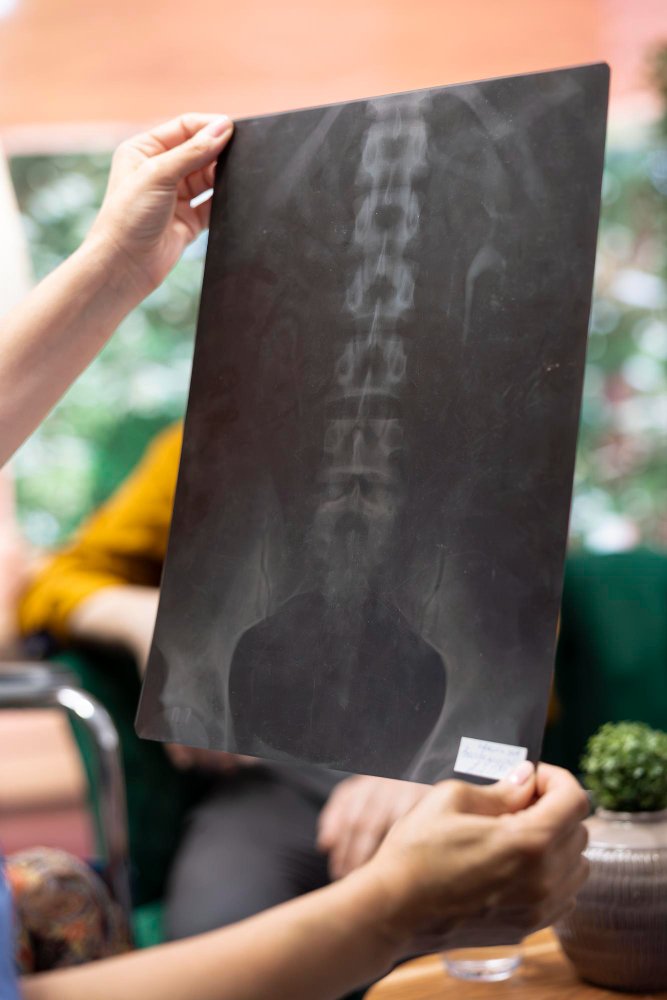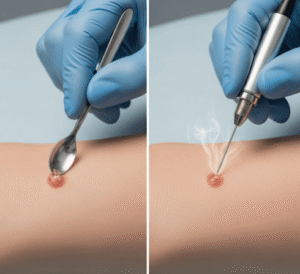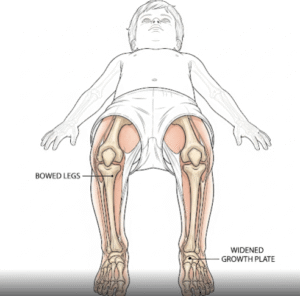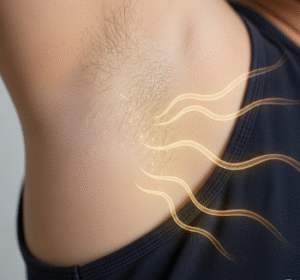Overview
Autonomic Dysreflexia (AD) is a potentially life-threatening medical emergency that occurs primarily in individuals with spinal cord injuries at or above the T6 level. It is characterized by an abnormal, overactive autonomic nervous system response to stimuli below the level of injury, causing sudden and severe high blood pressure along with other symptoms.
What is Autonomic Dysreflexia?
Autonomic Dysreflexia is a condition where the body’s autonomic nervous system overreacts to certain triggers, leading to an exaggerated sympathetic response. This can cause dangerous spikes in blood pressure and other systemic effects. It is most common in people with spinal cord injuries that disrupt normal autonomic regulation.
Symptoms
- Sudden onset of severe headache
- Profuse sweating above the level of injury
- Flushing or blotching of the skin
- Nasal congestion
- Slow heart rate (bradycardia) or rapid heart rate (tachycardia)
- Anxiety or restlessness
- Piloerection (“goosebumps”)
- Blurred vision
- Elevated blood pressure (often >20 mmHg above baseline)
Causes
Autonomic Dysreflexia is typically triggered by irritating or painful stimuli below the spinal cord injury level, such as:
- Bladder distension or urinary tract infection
- Bowel impaction or constipation
- Skin irritation or pressure ulcers
- Tight clothing or restrictive devices
- Fractures or other injuries
- Sexual activity or labor
Risk Factors
- Spinal cord injury at or above the T6 vertebral level
- Chronic spinal cord injury patients with incomplete or complete lesions
- Poor management of bladder or bowel care
- Unrecognized triggers
Complications
- Severe hypertension leading to stroke or seizure
- Retinal hemorrhage and vision loss
- Cardiac arrhythmias
- Pulmonary edema
- Increased risk of death if untreated
Prevention
- Regular monitoring and management of bladder and bowel function
- Avoidance of known triggers
- Patient and caregiver education about early symptoms and prompt action
- Use of appropriate protective clothing and pressure relief techniques
Treatment Options in Korea
South Korea provides specialized rehabilitation and emergency care for patients with spinal cord injuries and Autonomic Dysreflexia.
- Diagnosis
- Blood pressure monitoring during symptomatic episodes
- Clinical history and identification of triggers
- Neurological examination
- Immediate Management
- Remove or treat triggering stimuli promptly (e.g., catheterize bladder, relieve constipation)
- Sit the patient upright to lower blood pressure
- Use rapid-acting antihypertensive medications if needed (e.g., nifedipine, nitrates)
- Continuous monitoring in hospital settings if severe
- Long-term Management
- Bladder management programs (intermittent catheterization, medications)
- Bowel care routines
- Skin care to prevent ulcers
- Patient and caregiver education on recognizing and preventing AD episodes













